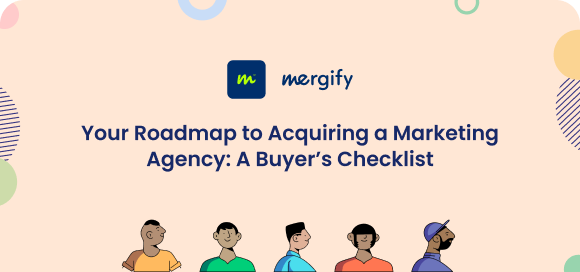Treadmill Trap
In the race to grow, many companies are stuck on the “client acquisition treadmill” constantly chasing new clients but losing sight of the real path to sustainable success.

CEOs risk the Treadmill Trap: chasing clients endlessly.
In today’s fast-paced business world, many companies feel pressured to constantly chase new clients, assuming growth depends on acquisition. But as businesses mature, it often becomes clear that long-term profitability is more about keeping clients around than endlessly recruiting new ones. By prioritizing client retention, companies can escape the “treadmill approach,” where resources are stretched thin, profit margins shrink, and overall value takes a hit. Let’s look at why focusing on retention can lead to a more efficient, profitable, and scalable path forward.
The treadmill trap: why constant acquisition isn’t sustainable.
In today’s fast-paced business world, many companies feel pressured to constantly chase new clients, assuming growth depends on acquisition. But as businesses mature, it often becomes clear that long-term profitability is more about keeping clients around than endlessly recruiting new ones. By prioritizing client retention, companies can escape the “treadmill approach,” where resources are stretched thin, profit margins shrink, and overall value takes a hit. Let’s look at why focusing on retention can lead to a more efficient, profitable, and scalable path forward.
Why client retention is the smarter strategy more predictable revenue and lower costs.
The treadmill approach—a relentless cycle of new client acquisition—requires a huge amount of resources. Often, teams that once nurtured existing clients are redirected toward winning new ones, which can strain employees and lead to declining service quality. As each new client comes on board, there’s an added need for hiring, training, and onboarding, which increases operational costs. This cycle distracts from serving loyal clients, ultimately reducing profitability and lowering company value as resources are constantly diverted to fuel the next acquisition.
Higher profit margins
Retained clients tend to increase profit margins because they reduce the need for ongoing acquisition costs and often increase their spending over time. The lifetime value (LTV) of long-term clients typically outweighs any initial acquisition costs, and these loyal clients are more likely to expand their usage of services. This allows companies to invest their resources in other strategic areas, strengthening their bottom line. (LTV) The lifetime value of long-term clients.
Building brand loyalty and fueling organic growth.
Retention builds brand loyalty and strengthens client relationships. Satisfied clients are more likely to spread the word, referring others through authentic, word-of-mouth marketing— a cost-effective growth strategy. Building a loyal client base not only enhances brand reputation but also drives organic growth without requiring heavy spending on acquisition.
Less operational strain and improved team focus.
Retention strategies allow companies to streamline operations and manage resources more effectively, reducing strain on the team. When employees can focus on enhancing service quality and addressing client needs proactively, they’re less likely to feel burnt out and more likely to stay productive. By contrast, constantly switching gears to chase new clients leads to frequent role changes, more training, and a drop in organizational efficiency.
Higher company valuation through stability.
Investors tend to value companies with high client retention because stable, predictable revenue streams indicate strong future earnings. A loyal client base, especially with long-term contracts, makes a company more attractive, boosting its valuation. High client turnover or heavy reliance on new client acquisition, on the other hand, can make revenue seem unstable, increasing perceived risk for investors or potential buyers.
Striking a balance: retention first, selective acquisition.
While retention is key, a balanced approach that includes selective acquisition can bring even greater value. Here’s how companies can create a sustainable blend of both:
Selective Acquisition: Focus on bringing in clients who share the company’s values and align with long-term goals. This way, each new client adds real value and stability.
Retention-Focused Onboarding: Prioritize smooth onboarding and clear communication to build lasting client relationships and loyalty.
Dedicated Relationship Management and Client Success: Invest in client success teams to address needs, anticipate challenges, and build trust.
The above insights have been obtained from the valuation and trends of past M&A activity at agencies. Each of the following strategies will help you position better with market leaders and lead to higher outcomes in your sale.




